Human Resources Management (HRM) is no longer simply about paperwork and compliance; it’s a dynamic, strategic function critical to organizational success in today’s rapidly evolving business landscape. Effective HRM isn’t just about filling positions; it’s about attracting, retaining, developing, and engaging the workforce to achieve business goals. The modern HR landscape demands a shift from reactive approaches to proactive strategies that prioritize employee well-being, talent development, and a strong organizational culture. This article will explore key HRM strategies, examining best practices and emerging trends that are shaping the future of workforce management. Human resources management is increasingly viewed as a core business driver, directly impacting profitability, innovation, and overall competitiveness. Ignoring these crucial elements can lead to high turnover, decreased productivity, and a damaged reputation. Let’s delve into how organizations can leverage strategic HRM to thrive.
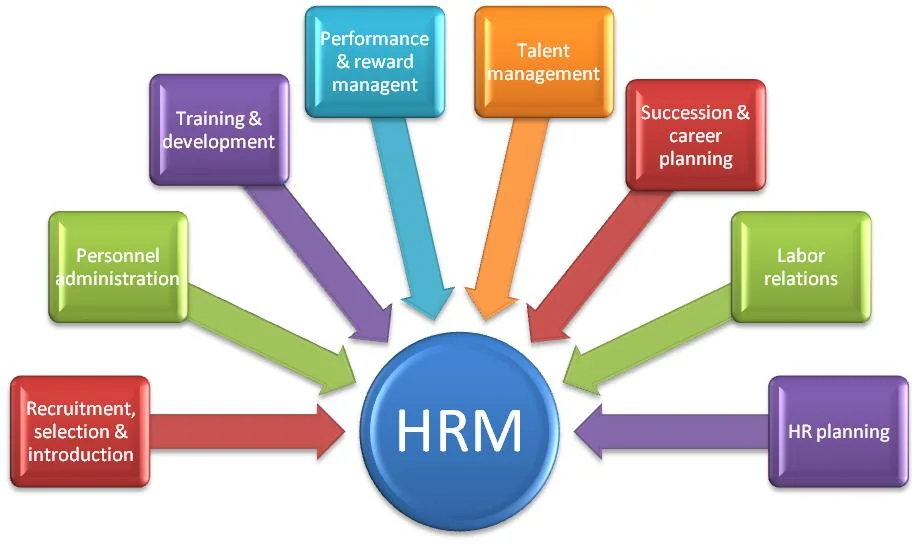
Understanding the Core Principles of HRM
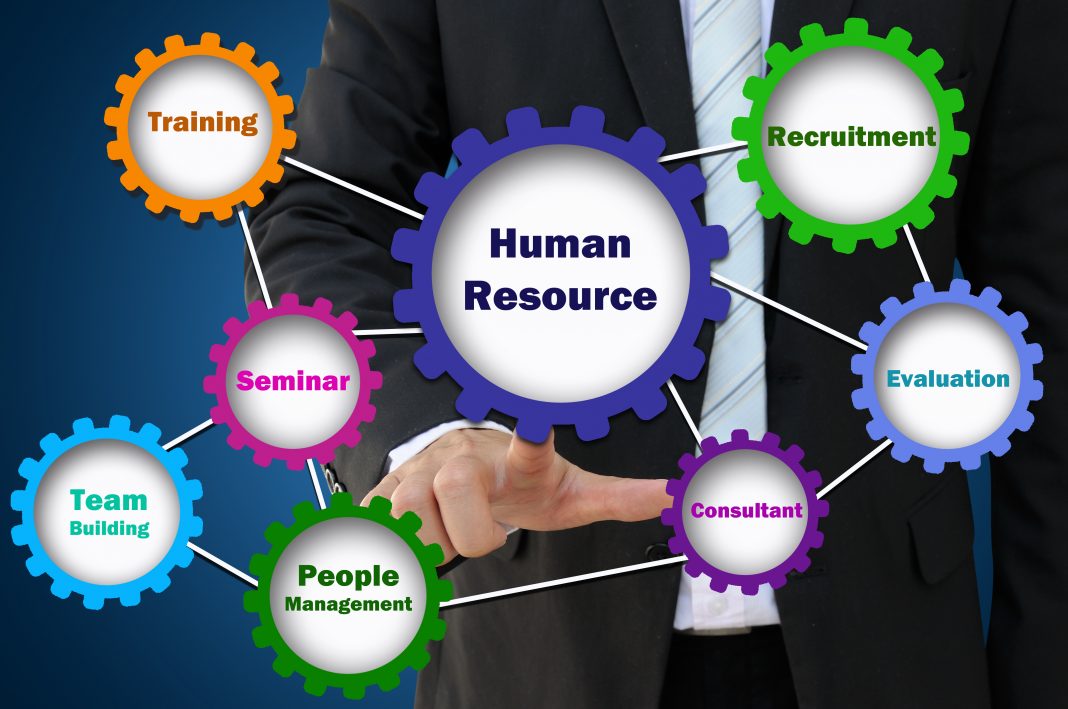
At its heart, HRM is about aligning HR practices with the overall business strategy. It’s about understanding the workforce – its skills, capabilities, and potential – and then utilizing that knowledge to achieve organizational objectives. A successful HRM strategy begins with a clear understanding of the organization’s values, goals, and culture. This foundational understanding informs all subsequent decisions related to talent acquisition, performance management, and employee development. Furthermore, ethical considerations are paramount. HRM must operate with transparency, fairness, and respect for all employees. A commitment to diversity, equity, and inclusion (DEI) is increasingly vital, reflecting a recognition that a diverse workforce brings a wider range of perspectives and experiences. Ignoring these principles can lead to legal challenges, damage to brand reputation, and ultimately, hinder organizational growth.
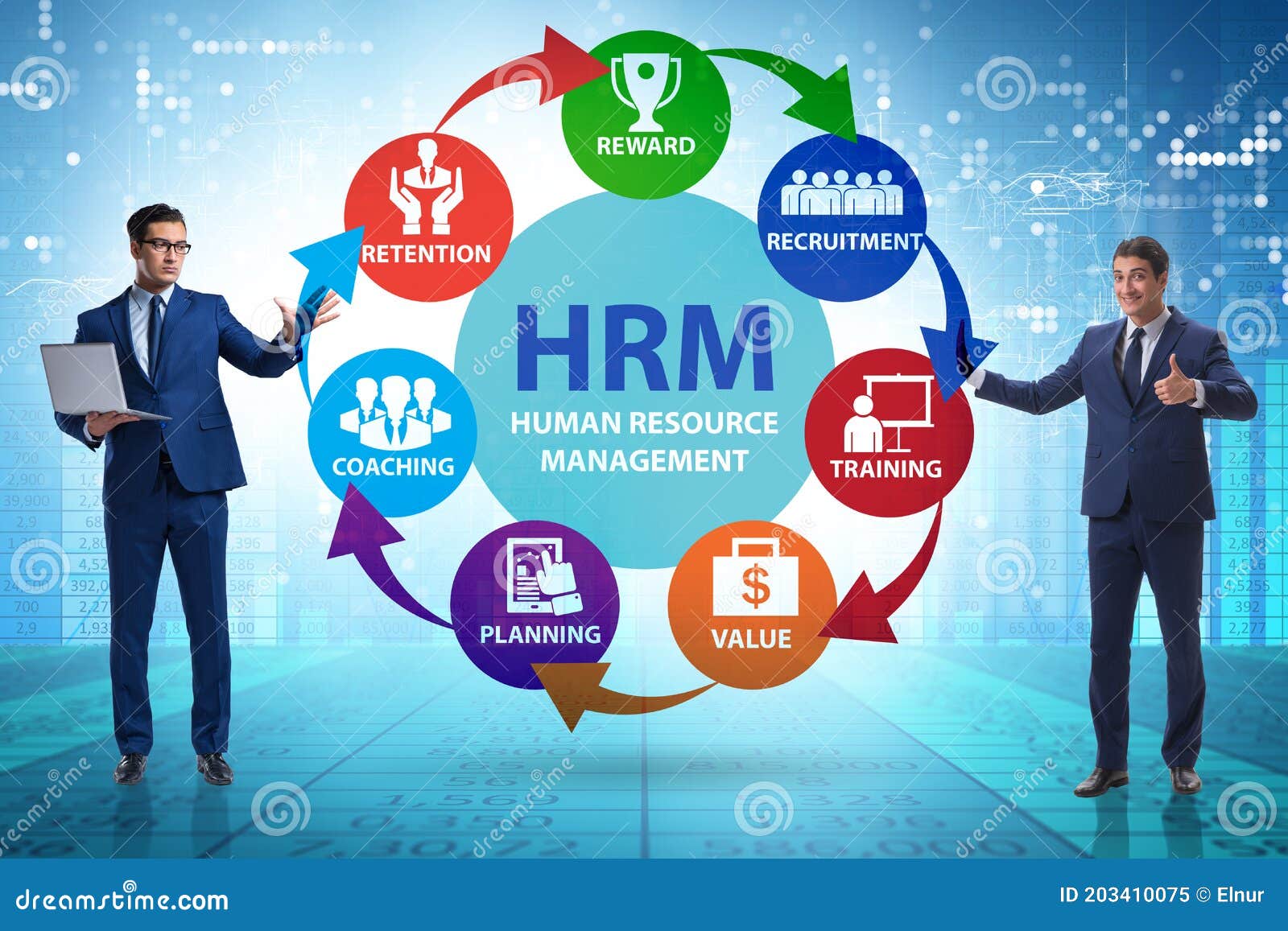
Recruitment and Selection: Attracting the Right Talent
The initial stages of attracting top talent are crucial. A robust recruitment strategy is essential for ensuring a qualified and skilled workforce. This goes beyond simply posting job openings on job boards. Organizations need to develop a comprehensive recruitment process that includes:
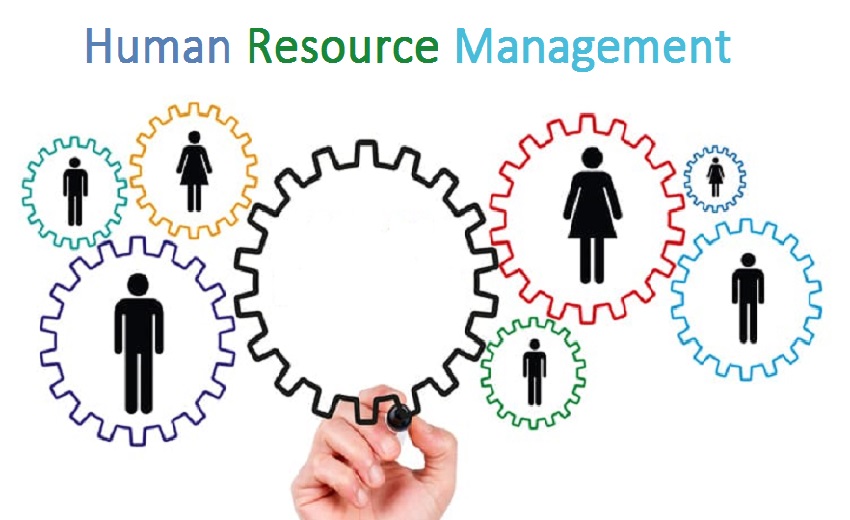
- Employer Branding: Creating a positive and attractive employer brand is increasingly important. This involves showcasing the company’s culture, values, and employee benefits to attract candidates who align with the organization’s identity.
- Diverse Sourcing Channels: Expanding beyond traditional job boards to utilize social media, professional networking platforms, employee referrals, and university partnerships can significantly broaden the talent pool.
- Skills-Based Assessments: Moving away from solely relying on resumes and cover letters, incorporating skills-based assessments (e.g., coding tests, personality assessments, simulations) can help identify candidates with the necessary competencies.
- Structured Interviews: Implementing standardized interview processes ensures a fair and consistent evaluation of candidates, reducing bias and improving the quality of hiring decisions.
- Background Checks & Verification: Thorough background checks and verification processes are critical for ensuring the safety and security of the organization.
Performance Management: Driving Employee Engagement and Results
Effective performance management is more than just annual reviews. It’s a continuous cycle of feedback, coaching, and development. A well-designed performance management system should:
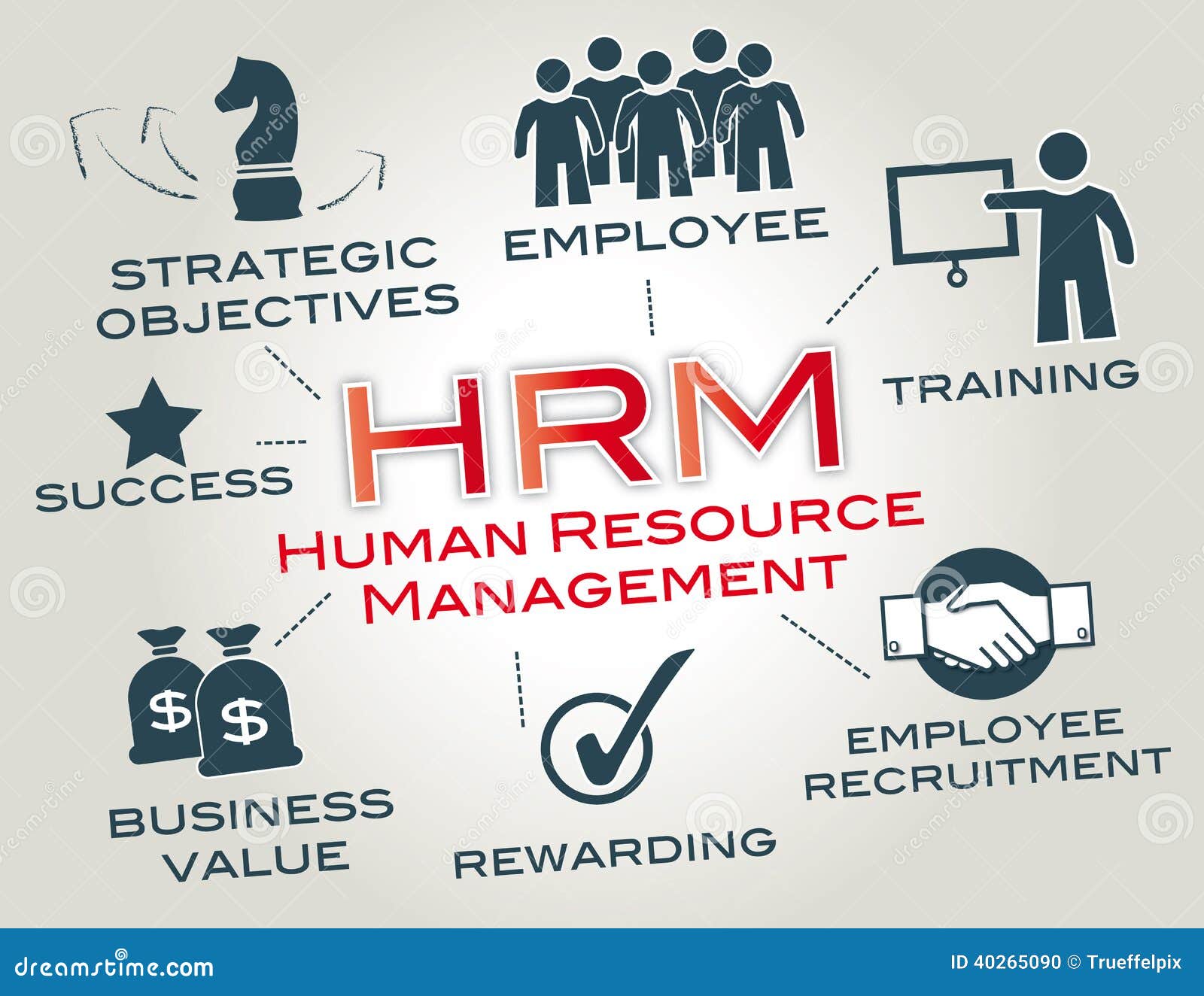
- Set Clear Expectations: Clearly define roles, responsibilities, and performance goals.
- Provide Regular Feedback: Offer frequent, constructive feedback – both positive and areas for improvement – to help employees stay on track.
- Utilize Goal Setting: Collaboratively set SMART (Specific, Measurable, Achievable, Relevant, Time-bound) goals to align individual efforts with organizational objectives.
- Recognize and Reward Performance: Acknowledge and reward outstanding performance to motivate employees and reinforce desired behaviors. This can include bonuses, promotions, or simply public recognition.
- 360-Degree Feedback: Incorporating feedback from peers, supervisors, and subordinates provides a more holistic view of an employee’s performance.
Training and Development: Investing in Employee Growth
Investing in employee training and development is a critical component of HRM. It’s not enough to simply provide employees with the skills they need to perform their jobs; organizations must also invest in their future. This includes:
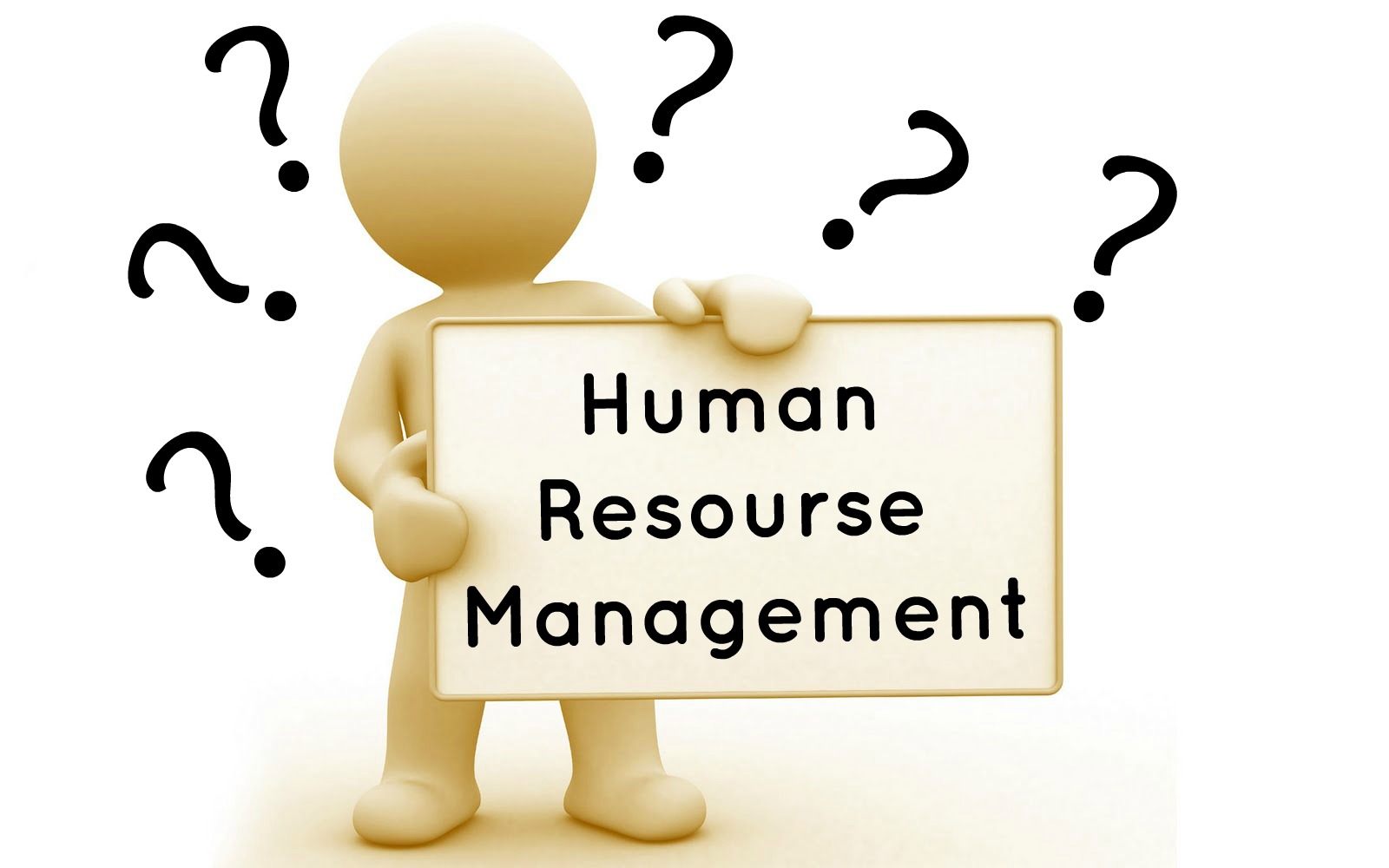
- Needs Assessment: Identifying skill gaps and training needs through performance reviews, employee surveys, and strategic planning.
- Variety of Training Methods: Offering a range of training methods, including on-the-job training, online courses, workshops, and mentorship programs.
- Leadership Development: Providing training for managers and supervisors to enhance their leadership skills and ensure they can effectively lead and motivate their teams.
- Cross-Training: Developing employees’ skills in multiple areas to increase flexibility and resilience.
- Personalized Learning: Tailoring training programs to individual employee needs and learning styles.
Employee Retention Strategies: Reducing Turnover Costs
Employee turnover is a significant cost for organizations. Effective retention strategies are essential for minimizing this expense and maintaining a stable workforce. Key strategies include:
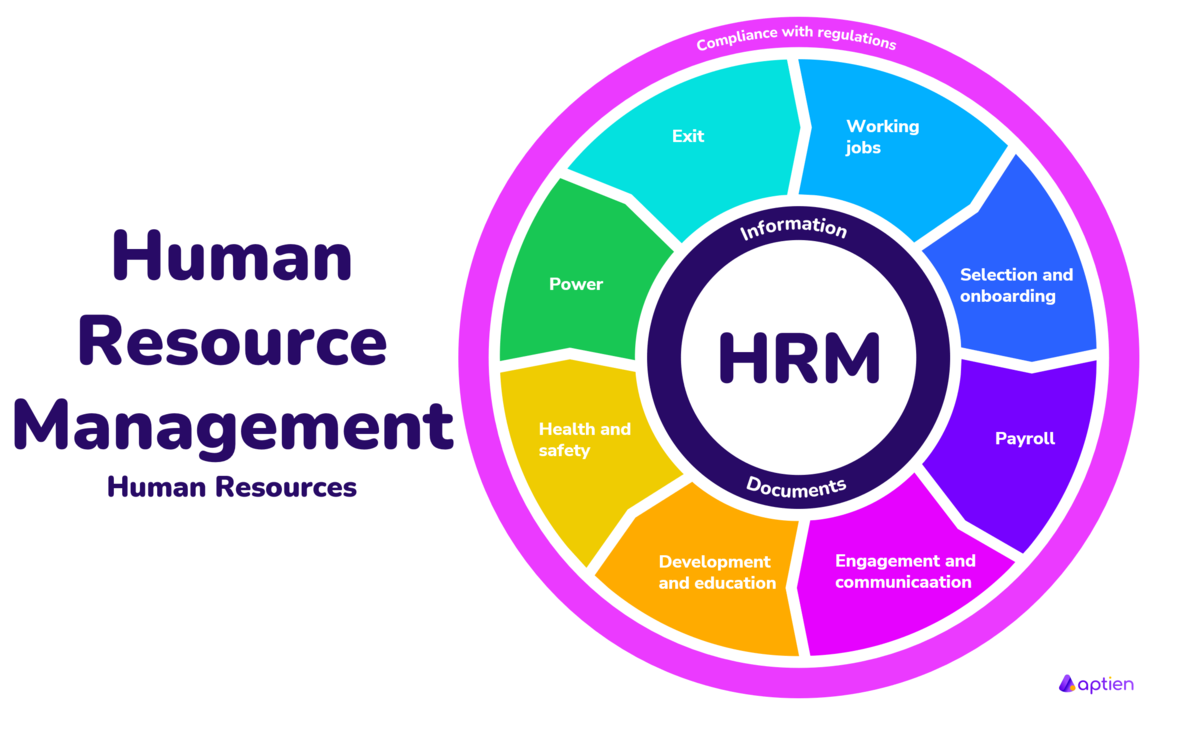
- Competitive Compensation and Benefits: Offering competitive salaries, health insurance, retirement plans, and other benefits packages.
- Employee Recognition Programs: Implementing programs to recognize and reward employees for their contributions.
- Work-Life Balance Initiatives: Providing flexible work arrangements, generous vacation policies, and support for employee well-being.
- Open Communication: Maintaining open and transparent communication channels to keep employees informed about company news and decisions.
- Employee Engagement Surveys: Regularly surveying employees to gauge their satisfaction and identify areas for improvement.
The Role of Technology in HRM
Technology is playing an increasingly important role in HRM. HRIS (Human Resource Information Systems) software streamlines administrative tasks, improves data accuracy, and provides valuable insights into workforce trends. Other technologies include:
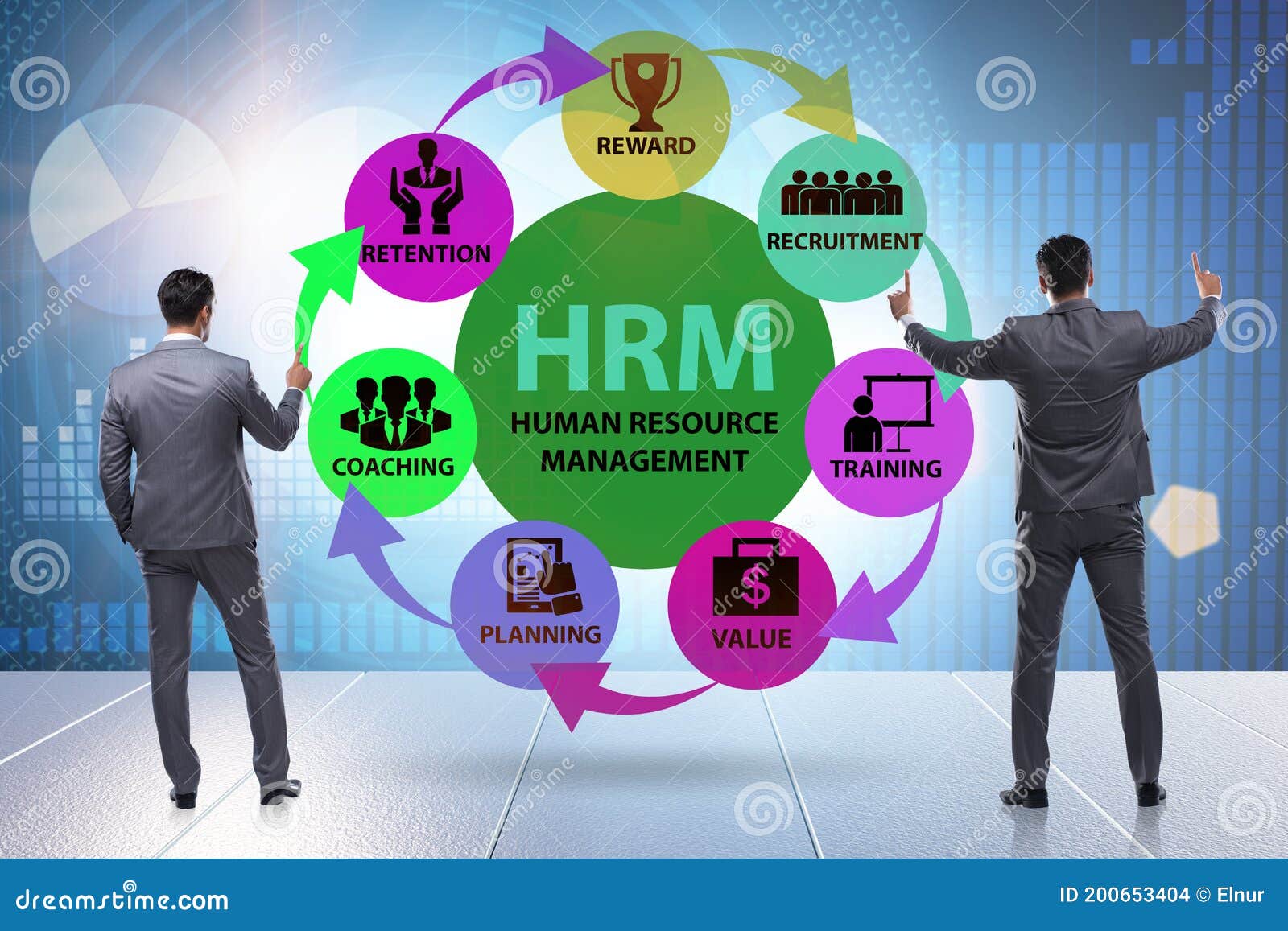
- Applicant Tracking Systems (ATS): Used to manage the recruitment process.
- Learning Management Systems (LMS): Deliver online training and track employee progress.
- Employee Engagement Platforms: Gather employee feedback and track engagement levels.
- AI-Powered HR Tools: Emerging technologies like AI are being used for tasks such as resume screening, employee sentiment analysis, and personalized learning recommendations.
Diversity, Equity, and Inclusion (DEI) in HRM
Creating a truly inclusive workplace is no longer optional; it’s a strategic imperative. DEI initiatives encompass a wide range of efforts aimed at fostering a culture where all employees feel valued, respected, and have equal opportunities to succeed. This includes:

- Bias Training: Providing training to help employees recognize and mitigate unconscious biases.
- Inclusive Recruitment Practices: Implementing recruitment strategies that reach a diverse pool of candidates.
- Employee Resource Groups (ERGs): Supporting employee-led groups that provide a sense of community and belonging.
- Equitable Policies and Practices: Ensuring that HR policies and practices are fair and equitable for all employees.
Measuring the Impact of HRM Initiatives
It’s crucial to measure the effectiveness of HRM initiatives. Key metrics include:
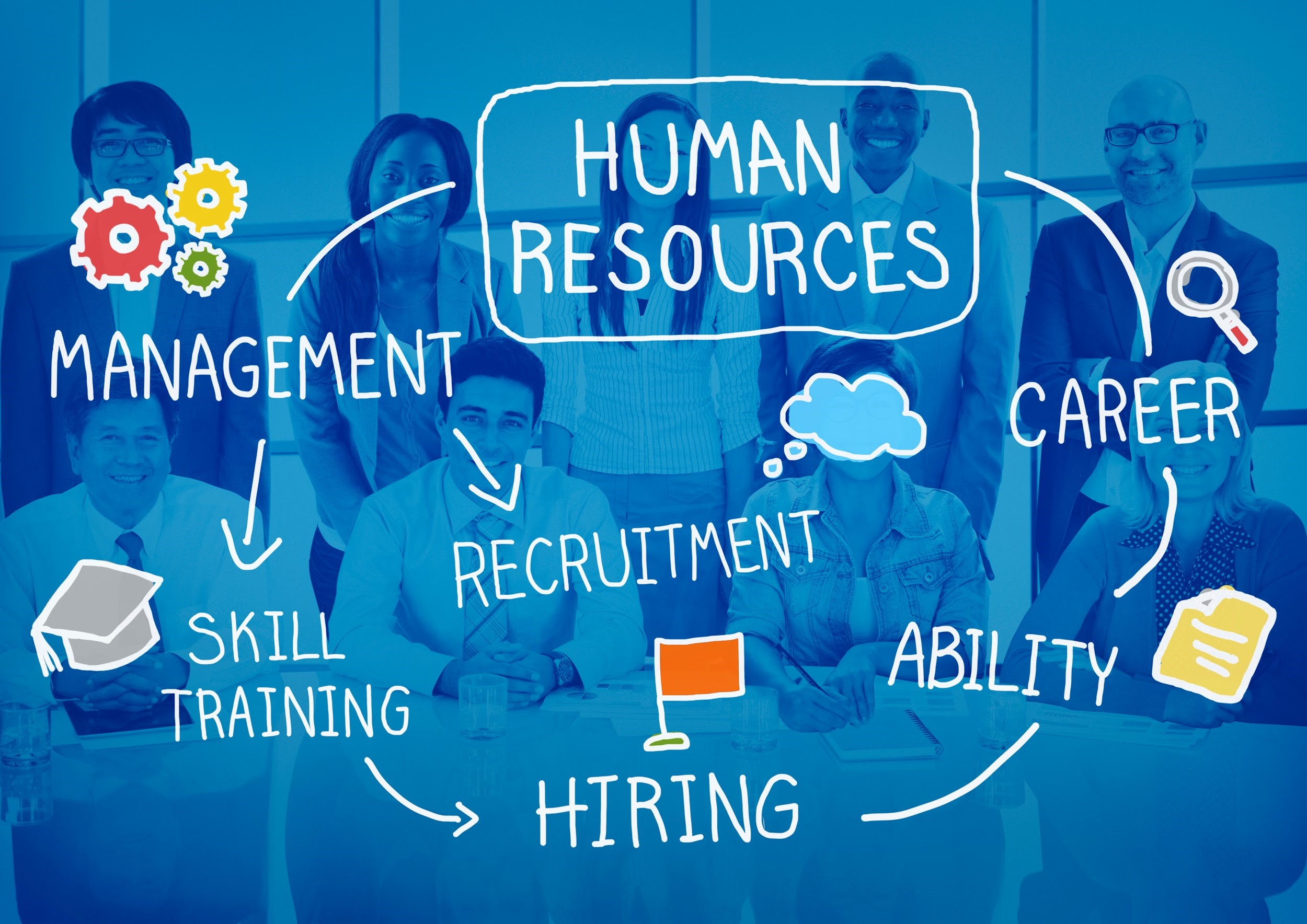
- Employee Turnover Rate: A decrease in turnover is a strong indicator of successful HRM strategies.
- Employee Engagement Scores: Tracking employee engagement levels can reveal areas for improvement.
- Training Completion Rates: Measuring the percentage of employees who complete training programs.
- Time to Fill Positions: Reducing the time it takes to fill open positions can indicate efficient recruitment processes.
- Cost per Hire: Analyzing the cost of hiring new employees can help optimize recruitment and retention efforts.
Conclusion
Human Resources Management is a complex and evolving field. Organizations that prioritize strategic HRM – focusing on attracting, retaining, developing, and engaging their workforce – are better positioned to achieve their business goals. By embracing proactive strategies, leveraging technology, and fostering a culture of inclusivity, organizations can unlock the full potential of their workforce and drive sustainable success. Human resources management is not just about managing people; it’s about building a high-performing organization. The future of work demands a skilled, engaged, and adaptable workforce, and effective HRM is the key to unlocking that potential. Ultimately, investing in human capital is investing in the future of the business.